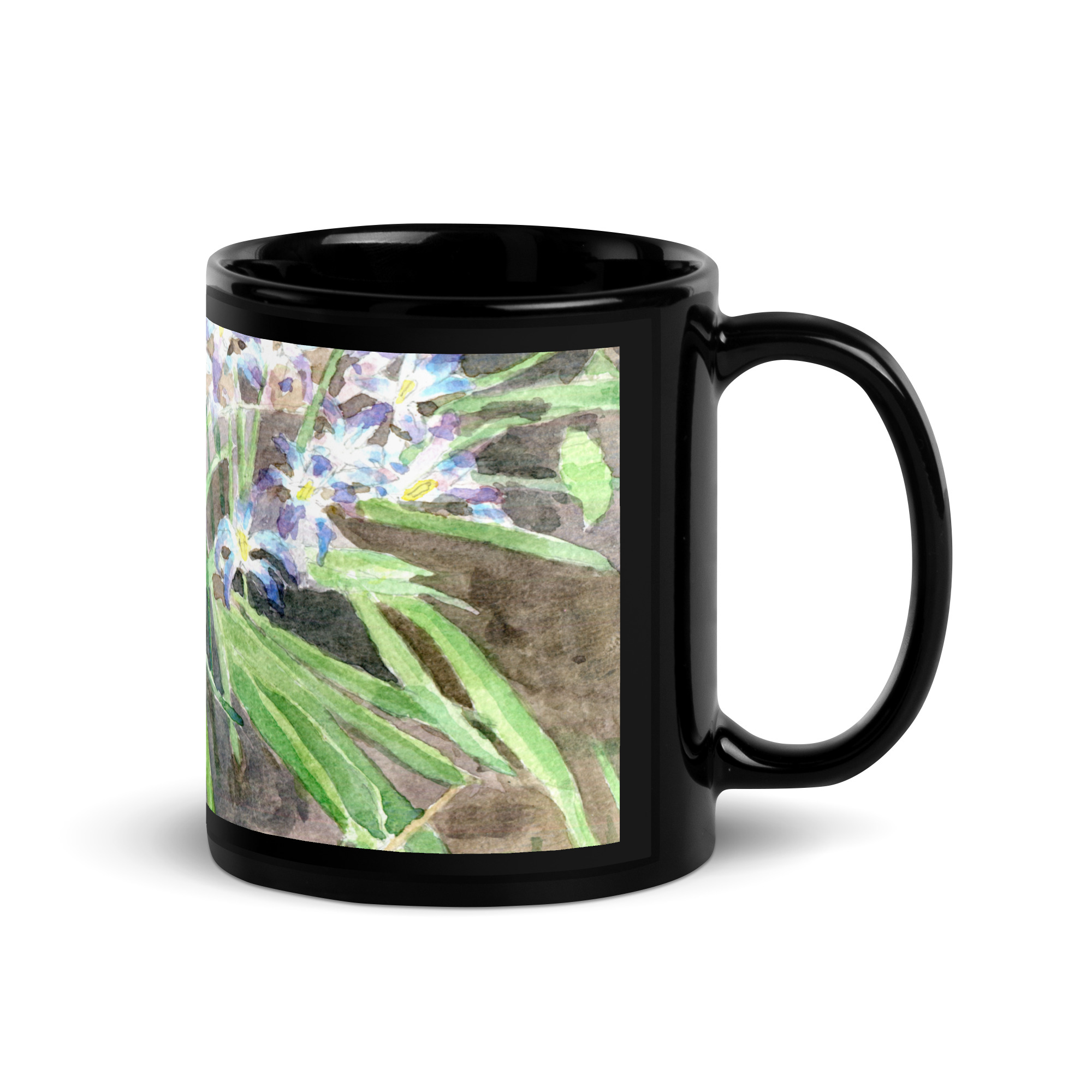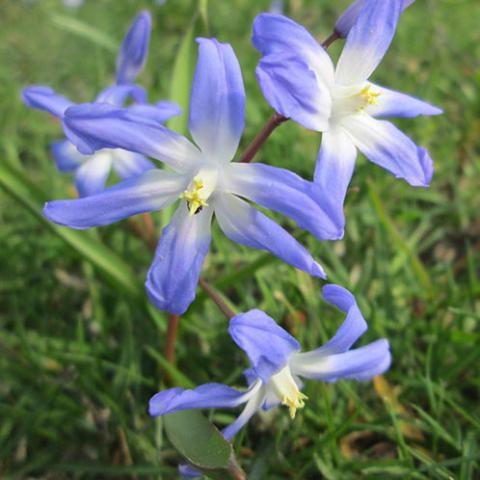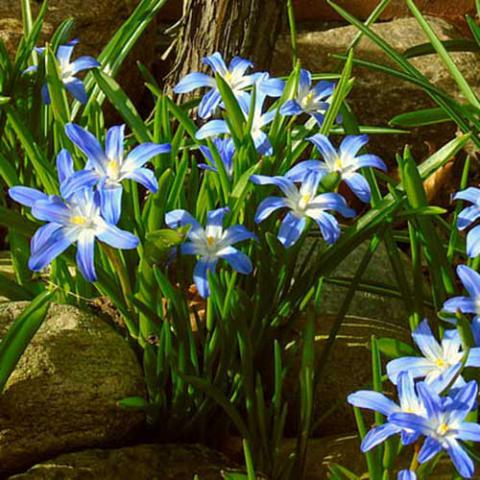NAME(S)
TAXONOMY
PLANTAE ID
THERAPEUTIC
Turkey
Issued:
Stamp:
Scilla luciliae
Turkey
Issued:
Stamp:
Scilla luciliae
Turkey
Issued:
Stamp:
Scilla luciliae
Black Glossy Ceramic Mugs
Original watercolor painting of Scilla lucilae (Glory of the Snow) transferred onto a black glossy ceramic mug. It is sturdy, sleek, and perfect for your morning java or afternoon tea. To purchase, or for more information, click on either of these product images to open a new window in my online store.
Genus species (Plantae): Scilla luciliae
Scilla luciliae is a species of flowering plant in the family Asparagaceae. It is referred to by the common names Bossier's glory-of-the-snow or Lucile's glory-of-the-snow, and is a bulbous perennial from western Turkey that flowers in early spring. After flowering, it goes into dormancy until the next spring. The specific epithet is in honour of Lucile, the wife of the Swiss botanist Pierre Edmond Boissier (1810-1885). It belongs to a group of Scilla species that were formerly put in a separate genus, Chionodoxa, and may now be treated as Scilla sect. Chionodoxa.
Description
Like all members of the former genus Chionodoxa, the bases of the stamens are flattened and closely clustered in the middle of the flower. In other species of Scilla, the stamens are not flattened or clustered together.
Each bulb produces two leaves, up to 8 cm long and 2 cm wide, and at most one flowering stem, up to 10 cm long. The flowers are produced in a loose pyramidal raceme, with 2–3 flowers per stem, which face upwards. Each flower is up to 3.5 cm across. The base of each tepal is white (as are the stamen filaments), producing a white 'eye'. The outer part of the tepals is violet-blue. The species can be distinguished from the commonest species grown in gardens, S. forbesii, by the much smaller number of slightly larger flowers per stem.
Reference: Wikipedia
Photo: License to use: Creative Commons Zero - CC0
Synonym: Chionodoxa luciliae





